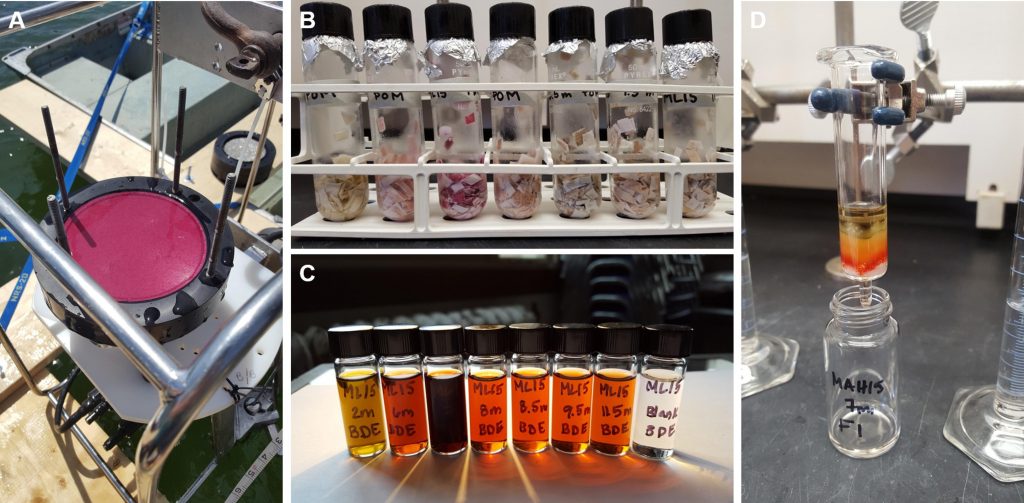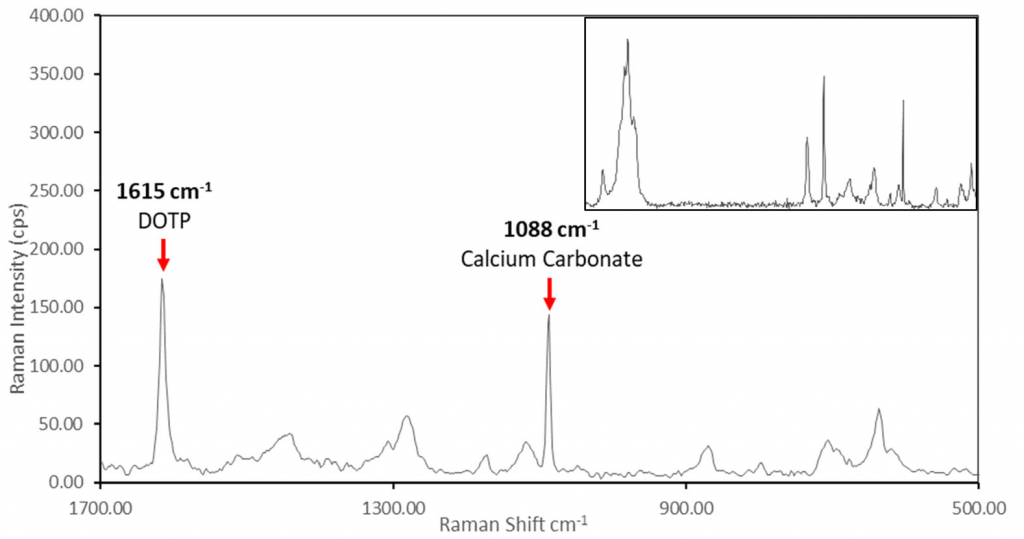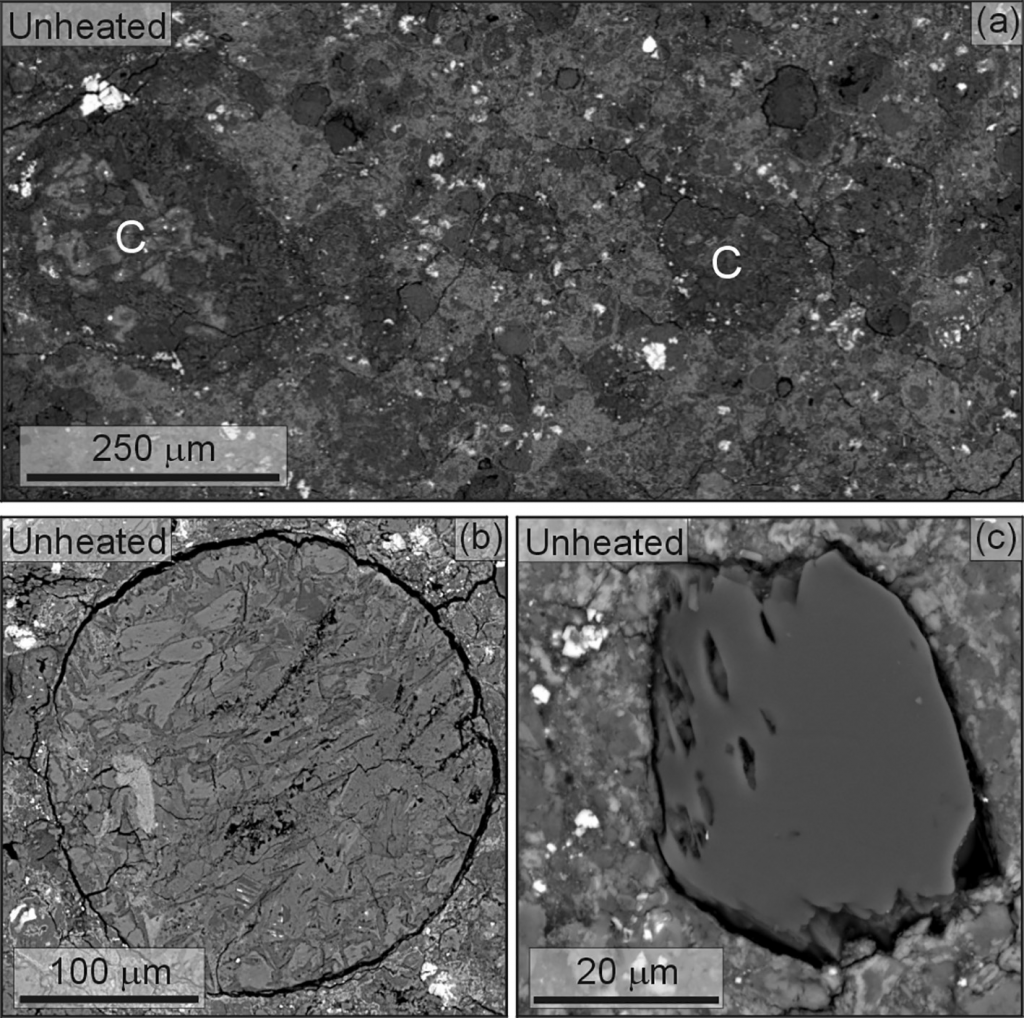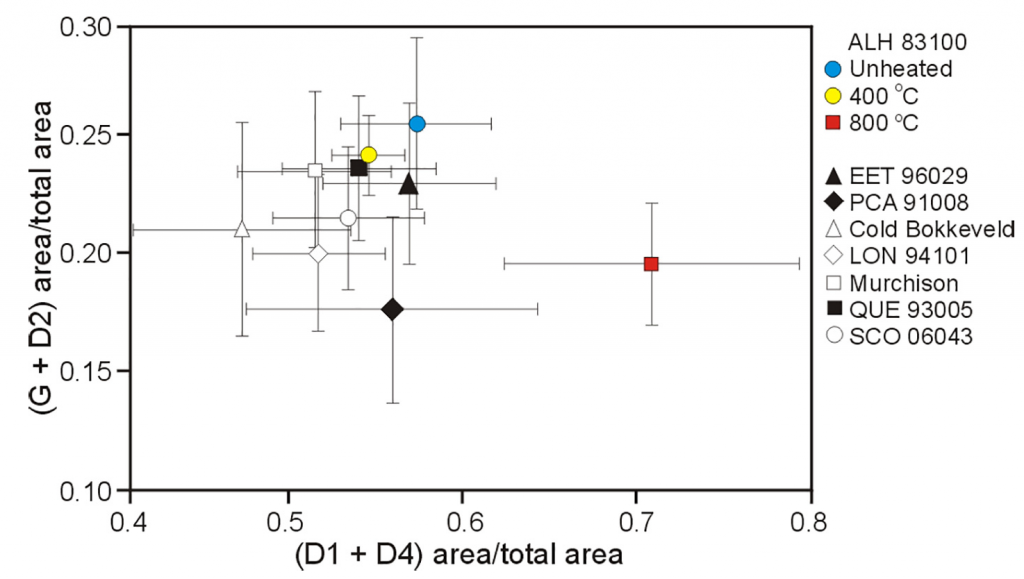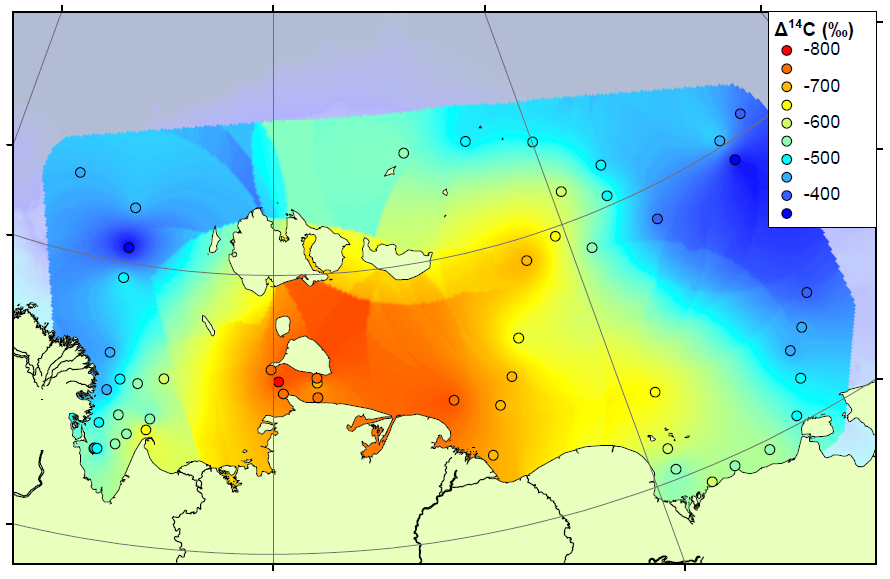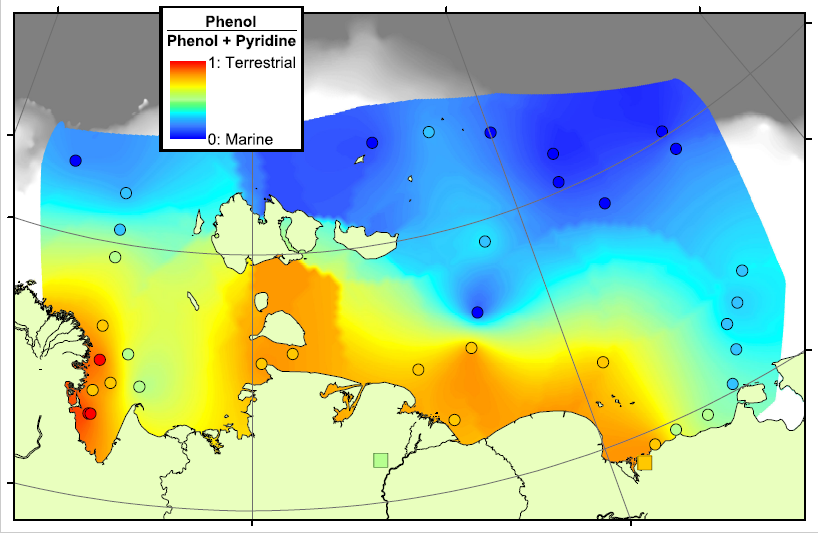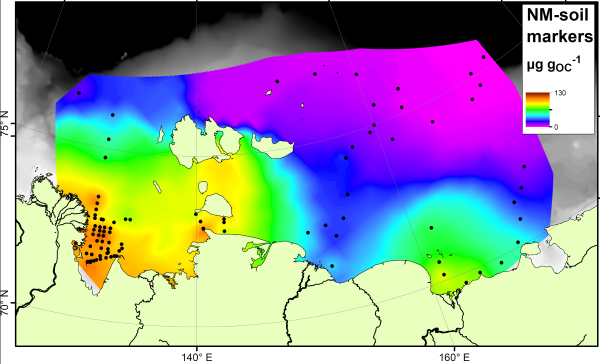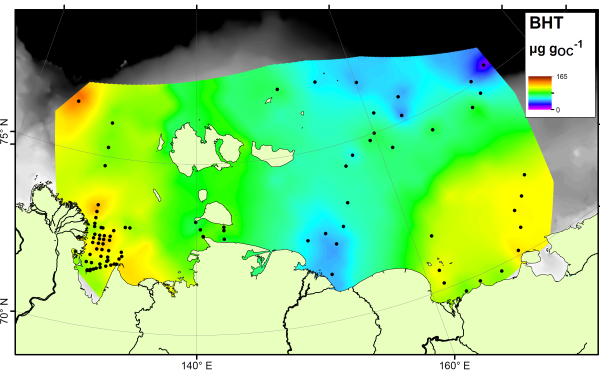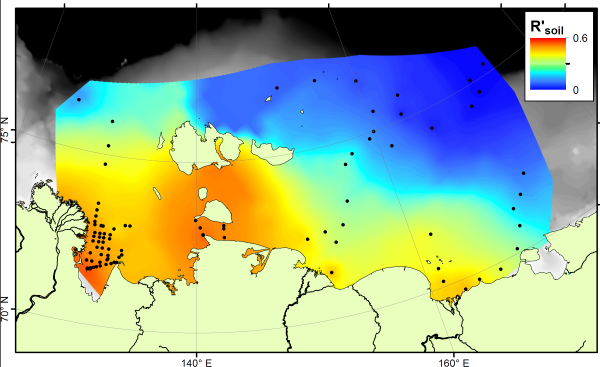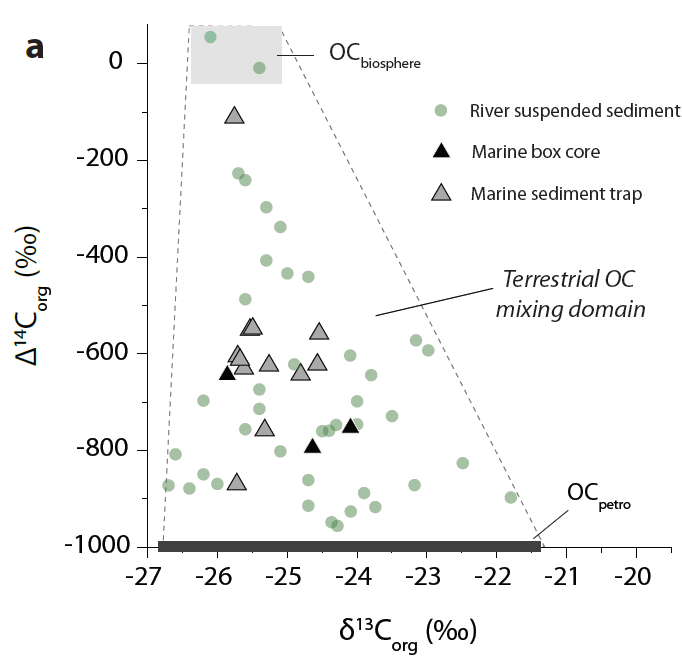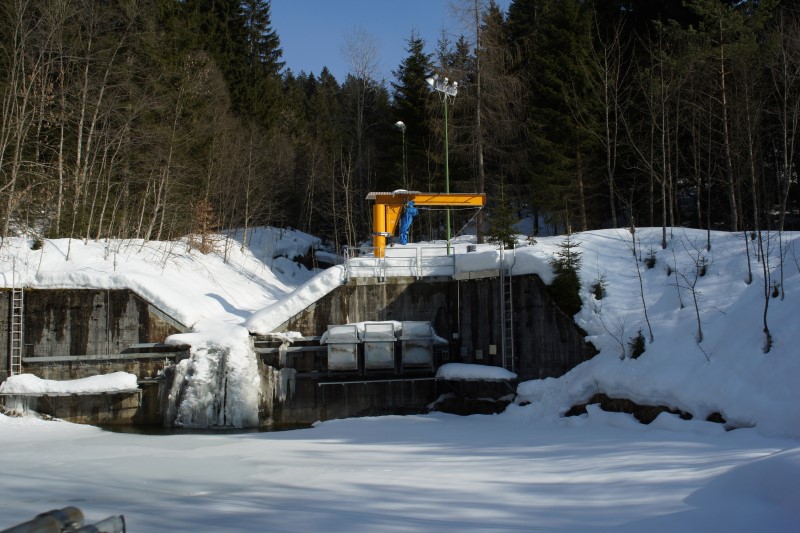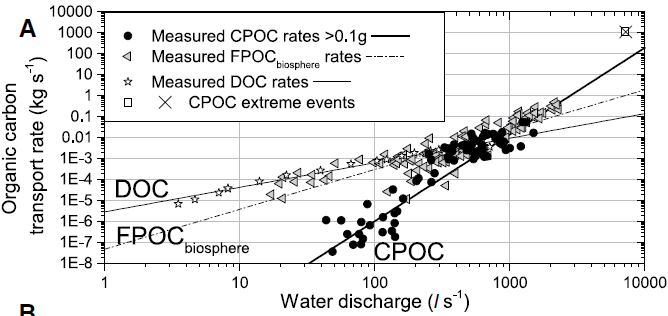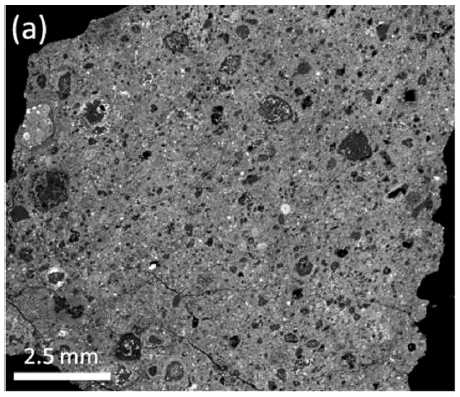In the last few years, I have expanded my research into the burial of carbon in saltmarsh environments, especially around the UK. This is the first paper I have published on the topic. The paper is available Open Access via the journal website.

Saltmarshes, which is an coastal wetland which is flooded and drained by saltwater brought in on the high tide, are natural features acrosst the UK and around the world. In the UK, many saltmarshes were drained to form farmland, with a sea defence built between the drained marsh and the river or estuary. Rising sea levels threaten the reclaimed marshes, and the nearby fields, towns and villages, with flooding. Often it is decided that retreating from the drained land is the best way to protect other, more valuable, assets nearby. Through a process called “managed realignment”, the sea defences are breached and the tide returns to the saltmarsh.
Realigned saltmarshes are often lower than the local high tide level, and are rapidly filled with sediment and saltmarsh plants when the water returns. This creates a habitat that can attract wetland birds and, since the sediment has organic carbon associated with it, also generates and opportunity to bury carbon in the marsh.
This paper investigates two things: how much organic carbon was buried on a realigned saltmarsh in the first years after it was created, and how does this carbon burial compare to the emissions generated by the construction of the site.
Samples were collected from Steart Marshes, a site in Somerset, UK, that was flooded in 2014. The samples were analysed for their total carbon and organic carbon content using analytical facilities here at Manchester Met. The carbon concentrations were scaled up to the entire site using sedimentation data calculated from laser scans of the marsh collected at different time points.
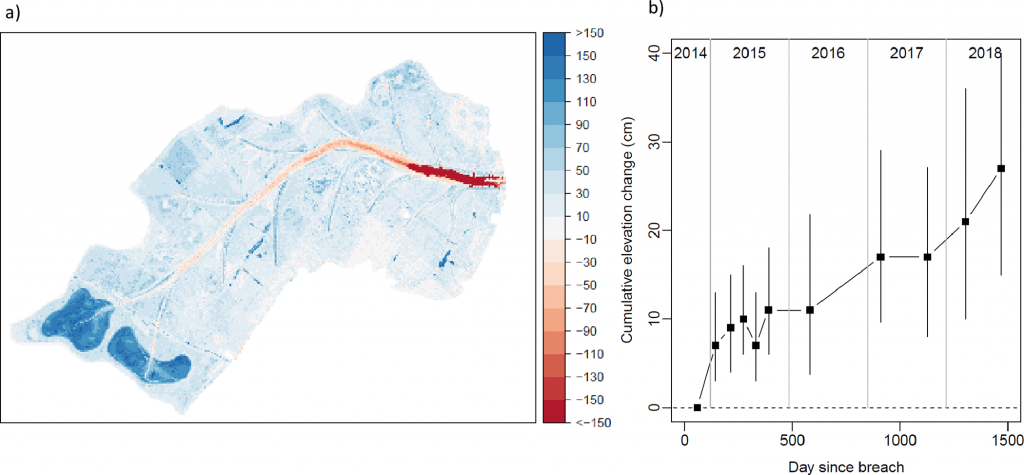
We found that the organic carbon burial rate (19 tonnes per hectare per year) was very high compared to other saltmarsh sites, mostly because the sediment built up very rapidly (75 mm per year) after the sea defences were breached. The organic carbon buried on site is much greater than the carbon emissions generated by the diggers and bulldozers used to make the new marsh, and so it seems that there has been a net climate benefit by creating the marsh.
However, the next piece of the puzzle is to fully understand the types of organic carbon being buried on the site. Not all carbon has the same climate benefit associated with it, and so further work is required to properly calculate the climate change mitigation potential of restoring saltmarshes.
